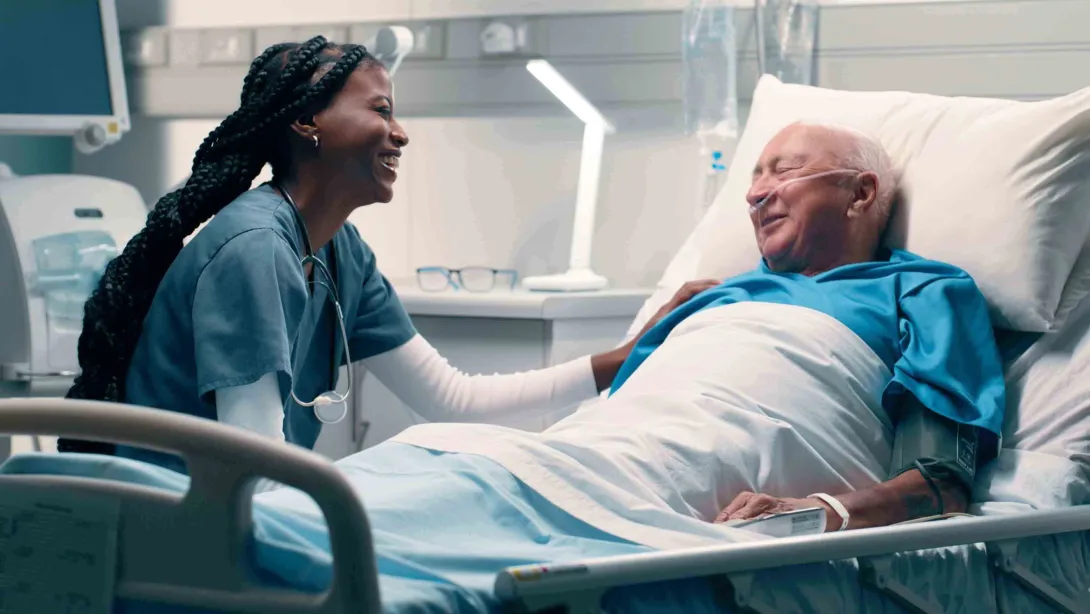Following a tour Thursday of the Cleveland Clinic, President Barack Obama held up the organization as a model of how information technology can contribute to high quality, cost-effective care.
Obama spoke about healthcare reform at a town hall meeting later that day in Shaker Heights, Ohio, where he praised the clinic for its IT and low costs.
"Cleveland Clinic has one of the best health information technology systems in the country," he said. "And that means they can track patients and their progress. It means that they can see what treatments work and what treatments are unnecessary. It means they can provide better care for patients. They don't have to duplicate test after test because it's all online. They can help patients manage chronic diseases like diabetes and high blood pressure and asthma and emphysema by coordinating with doctors and nurses both in the hospital and in the community."
"And here's the remarkable thing: They actually have some of the lowest costs for the best care," he added.
Obama said better care often produces lower expenses because it leads to fewer errors that cost money and lives.
The president's tour included a presentation on the clinic's health information technology initiatives and a demonstration of a robotically assisted heart valve repair.
"We are honored to have President Obama at the Cleveland Clinic today to observe our patient-centered system that delivers high-quality care to patients while controlling costs," said Delos "Toby" Cosgrove, MD, CEO and president of Cleveland Clinic. "We strongly believe that our focus on quality, efficiency, wellness and prevention combined with clinical innovation and health information technology positions Cleveland Clinic as a leader in healthcare and a model for the future."
Compared with valve replacement, mitral valve repair provides better chances of long-term survival and a lower risk of complications and usually avoids the need for long-term use of blood thinners.
 The Cleveland Clinic has performed about 500 robotic heart surgeries – more than any facility in the country – with no reported deaths and a 99 percent success rate. Robotic valve repair results in shorter hospital stays and costs less when compared with non-robotic valve repair.
The Cleveland Clinic has performed about 500 robotic heart surgeries – more than any facility in the country – with no reported deaths and a 99 percent success rate. Robotic valve repair results in shorter hospital stays and costs less when compared with non-robotic valve repair.
Clinc executives told the president innovation doesn't just happen in the clinical setting.
They said health information technology pilot projects with Microsoft HealthVault and Google Health let patients better communicate with physicians and access electronic medical records. More than 202,000 patients are using MyChart, which allows them to securely manage prescriptions and appointments online as well as receive test results and important preventive health reminders and recommendations.
"Cleveland Clinic is developing health information technology that gives patients the power to better manage their healthcare," said C. Martin Harris, MD, the clinic's CIO and a member of the Department of Health and Human Services' Health Information Technology Standards Committee. "We're focused on helping lead the nation toward a comprehensive electronic medical records system that will reduce medical errors, improve quality and lower costs."
The integrated delivery system at Cleveland Clinic begins with the organization of medical specialties under 26 patient-centered, multidisciplinary institutes dedicated to treating organ systems and diseases. This model aligns physician-based surgery and medicine departments into integrated, collaborative teams that are designed to put the needs of the patient first.
As the world's second-largest group practice, Cleveland Clinic's physicians are paid a salary only – there are no bonuses or other financial incentives for the number of procedures performed or patients seen. Every physician has a one-year contract and renewal is based upon the results of an annual performance review.


